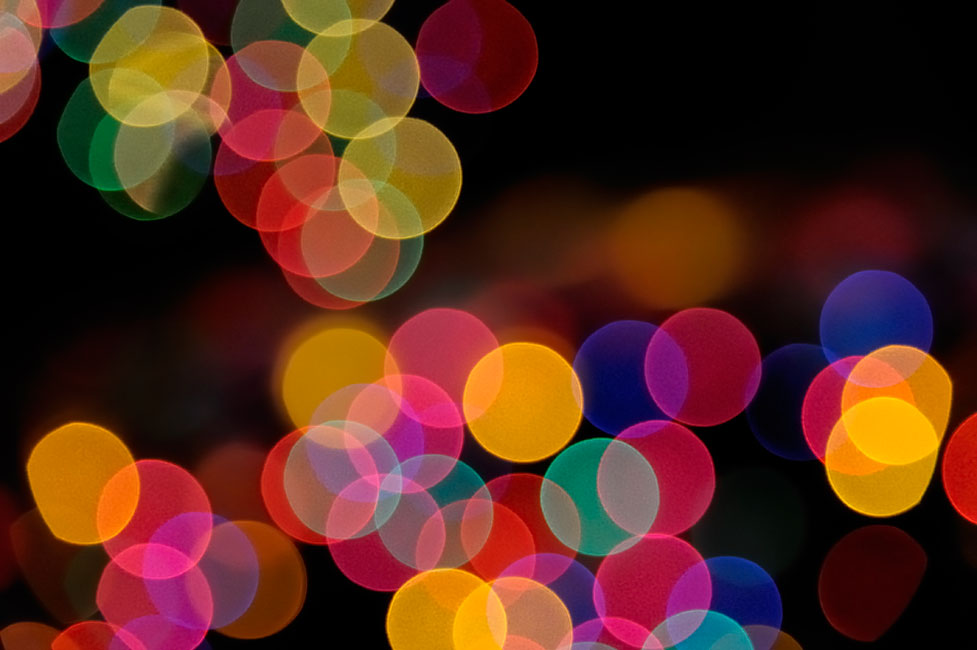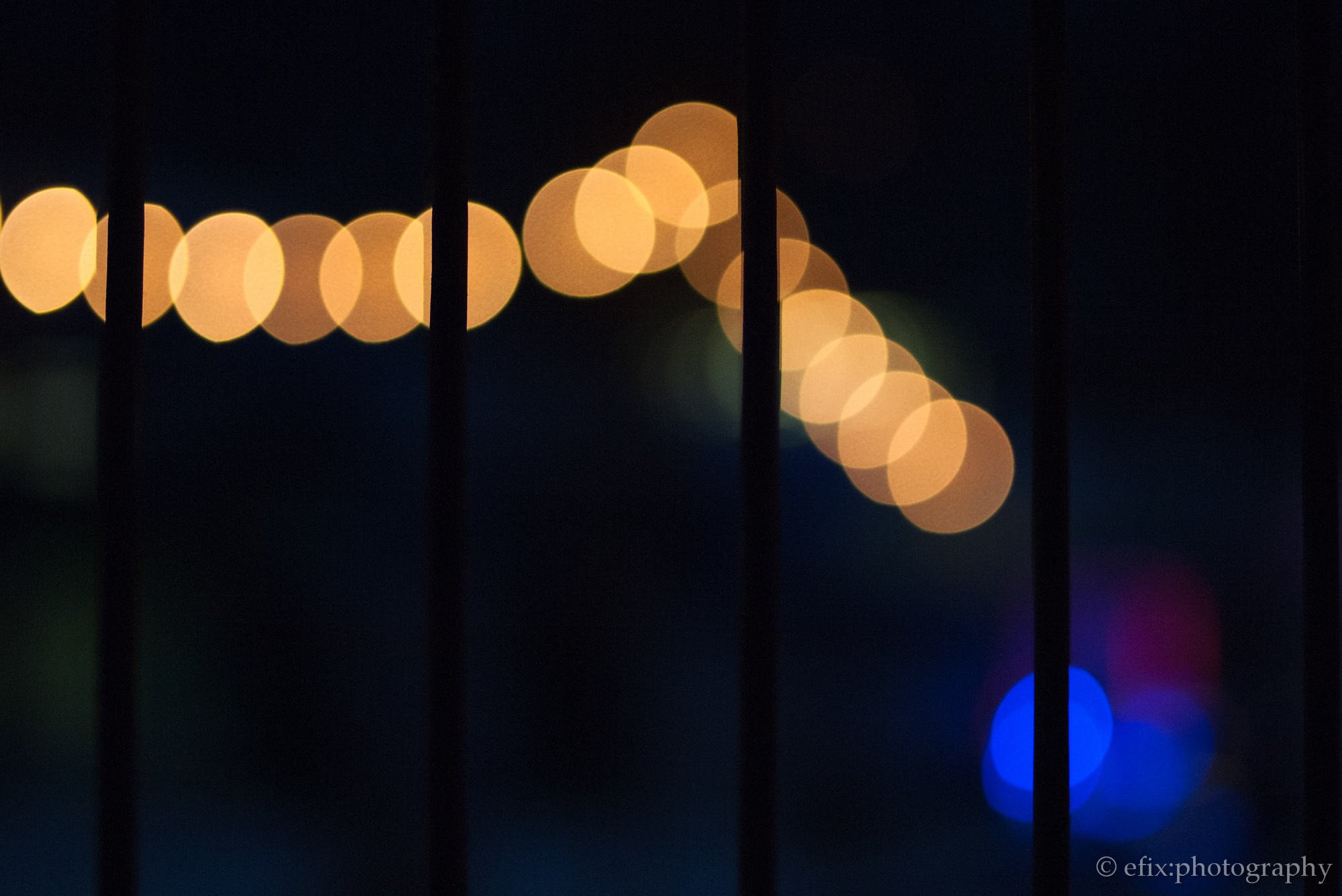

~ Mirror lenses have tend to have very distinctive bokeh ~ Well-corrected long range zooms tend to have bokeh problems ~ Under-corrected lenses have good bokeh (old lenses, Russians etc.) ~ Retrofocal wideangles tend to have bokeh problems (A-Mount lenses below 50mm are retrofocal) ~ Telephoto lenses tend to have good bokeh ~ Macro lenses tend to have better bokeh than regular lenses. ~ Prime lenses tend to have better bokeh than zooms.

There are no distracting effects the bokeh is not ‘busy’ as some would say. Despite the less than ideal conditions, the lens did its job remarkably well. Also there are very fuzzy details overlaid on sharp details. Harsh highlights lead to visible circles in the bokeh. There are no visible disks, even the highlight in the background perfectly blends into the silky smooth bokeh.Ī very hard situation bokeh-wise. After closely examining these pictures, you will have a general idea on what to expect from lenses in terms of their bokeh. Here are some bokeh samples with evaluations. Lenses having these qualities are popular among photographers and generally command higher prices. That is because bokeh is a matter of taste, there is no exact measure of how well a lens renders out of focus areas.įortunately there is a general consensus among photographers, who prefer bokeh that is soft, smooth and not distracting. However, judging which lenses have good or bad bokeh is complicated. We understand that every lens renders out of focus areas differently. Some chose A-Mount for its lenses with good bokeh while others discovered the secret magic of the out of focus areas as they acquired classic Minolta lenses. Most A-Mount photographers show interest in bokeh. Minolta pioneered bokeh research and created several special lenses with enhanced rendering of out of focus areas. Unmeasurable qualities of resulting photos were judged more important than straight MTF test scores. One of them was Minolta, which took on the Leica design philosophy that preferred an overall pleasing look instead of maximum sharpness. As demand for good bokeh spread among photographers, lens makers became interested in the concept too. Good or bad bokeh was just a random outcome of the design process. Initially lenses were designed for sharpness within the possible depth of field. In photography world, bokeh stands for the way out of focus areas are rendered by a lens. The spelling bokeh became widespread due to ease of pronunciation (see this topic for pronunciation of 'bokeh'). They called it boke, a Japanese word with the literal meaning fuzzy. Provided that out of focus areas cannot be sharp, it must be something else that they were after. A niche among Japanese photographers got interested in the image quality in out of focus areas of their pictures. However, achieving this was not enough for some. Photographic lenses are primarily made to deliver best possible image quality within the depth of field commanded by magnification ratio. Please comment on it if you think there are any major inaccuracies. how far subject has been from you and the background.This article was prepared in draft form by Turerkan, and has been proofed by a couple of moderators. But point is that you can experience with any lens depending on how the shot is taken. some situations I have gotten that with 50-140 as well. But have a look! Yes I am not saying I did not get busy bokeh with 50-140. I have two images by 50-140 that actually have nice background separation though not sure if I will call it bokeh or anything. All these three exhibit what many are referring to "busy bokeh". I have 2 images taken with legendary Canon 135mm f/2 and 1 with Canon 70-200 2.8 II. I have many more but thought of giving only a few examples that will illustrate my point.

Why? because you can get either "beautiful bokeh" or "busy bokeh" with any lens. I understand there could be case or two or even a given copy of some lens that has issues but simply saying 50-140 has busy bokeh is really not valid. In fact, I want to make this post very general about any lens having busy bokeh. So I thought of creating this thread to simply give facts to the users or the the photographers wanting to buy this lens but are worried if this lens has busy bokeh. I myself was under same impression only up until I compared shots with other lenses I have. I have had threads where lots of members would try to really support this by posting links to other forums where people have posted concerns about busy bokeh on 50-140. I chose the funny title on purpose! Lately I did come across many posts or threads within posts whereby many claimed that XF50-140 has busy/nervous bokeh.


 0 kommentar(er)
0 kommentar(er)
